Companies are now looking for safe separation solutions in offices to create more privacy and thus increase concentration and efficiency. In open-plan offices, where large numbers of people congregate, there is continuous background noise. Noise, telephone calls, online meetings with co-workers are all part of the interior noise and have nothing to do with the sound insulation of the exterior walls. The solution to reducing background noise: acoustic separating walls, like those used in theaters or cinemas. It may sound complicated, but it's not.
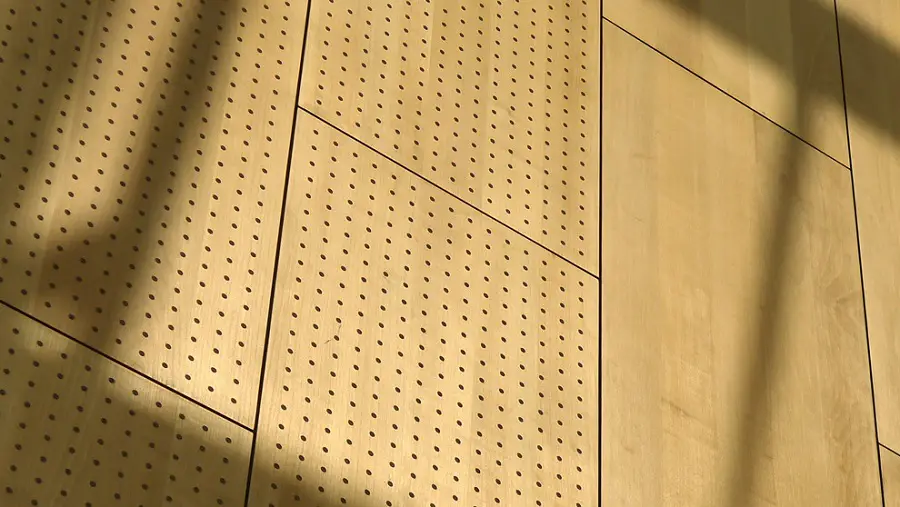
Special sound-absorbing walls and ceilings are panels made of different materials that are engineered to attenuate and absorb the sounds that hit them. They can be used in offices and even in homes to improve acoustic comfort and protect against noise pollution. It's all based on the fact that the smoother the surface, the more sound the walls repel. This creates a permanent background noise. By cladding the walls with specially engineered absorption panels, the sound will be absorbed and the background noise will disappear.
The Italian company Vitap is recognized as a specialist in the creation of machines used in the production of absorbing panels. Realized after years of research and collaboration with acoustics specialists, Vitap CNCs, distributed in Romania by Accessory Equipment, are used by major acoustic panel manufacturers around the world.
Absorbent panels
Acoustic panels are widely used to control excessive noise, reflection and reverberation of sound and are different from those for soundproofing buildings or enclosures. In enclosed environments, the overall perceived noise is greater than the source that generated it because it is magnified by the reflection from the walls (echo). The reverberation produced is determined not only by the surface characteristics but also by the size, shape and height of the space. Absorbing panels must transform surfaces that reflect sound into surfaces that absorb and attenuate it. The materials used are those with a spongy or low-density consistency, their absorption power being increased by the formation of holes or channels.
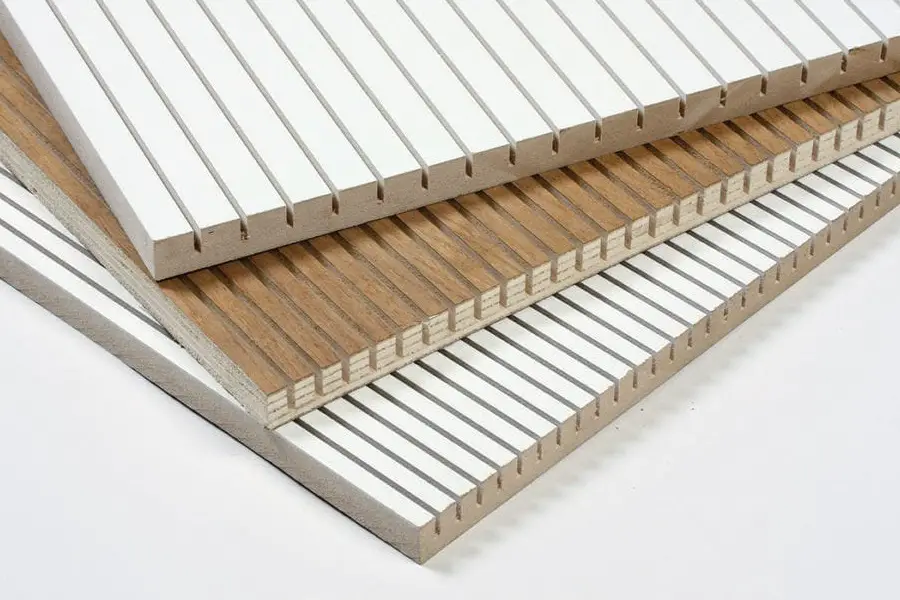
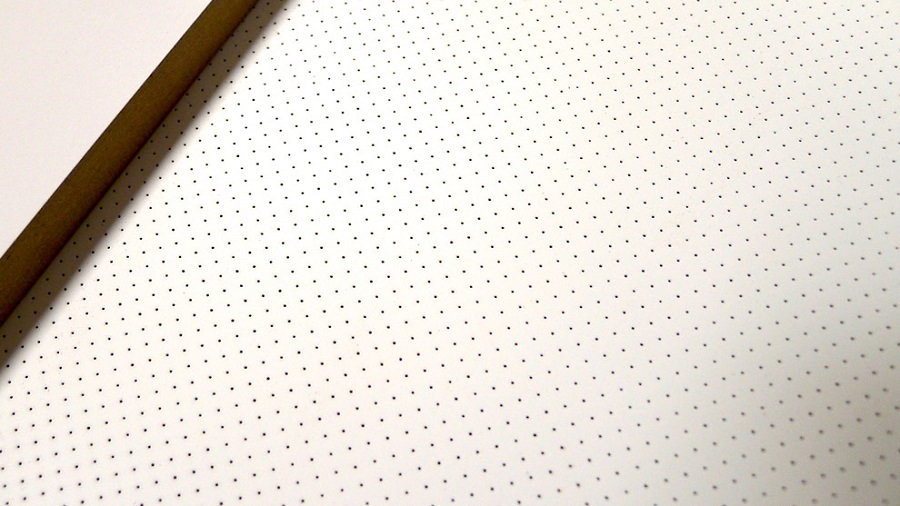
Special CNC for the production of acoustic and sound absorbing panels
Wooden acoustic panels or MDF must be processed so that the absorption coefficient is as high as possible. The way the holes or channels are arranged depends on the amount of sound absorbed and influences the direction of the reflected sound. There are a large number of machining operations on the surface of a panel, and an ordinary drilling or milling machine takes a long time to produce the pattern desired by the manufacturer.
Vitap has developed a special milling CNC to produce high quality sound absorbing panels from wood or other materials. Vitap CNCs specially formulated for such machining are part of the Point range and are often customized to the specific needs of the customer. Broadly speaking, there are two types of Vitap acoustic panel machines, those that drill the material and those that mill the material to form channels. Point Acoustic is a numerically controlled drilling machine that can drill 55 holes every 4 seconds. Special software optimizes the drilling, performing precise machining at high speed. The panels made with this CNC are noise-retaining and significantly reduce noise pollution in the premises where they are located.
Unlike Point Acoustic, Point Grooving adds to the drilling operation and the milling, grooving operation. It is a special CNC dedicated to making grooves for sound-absorbing and acoustic wooden panels. Acoustic panels have grooves on one side and holes on the other, with excellent acoustic properties and an attractive, modern design. The channels help to direct the amount of reflected sound in such a way that it is not disturbing to those in the room. Like the other machines in the Point range, the Grooving CNC is designed to suit the needs of large factories as well as small and medium sized businesses. It is lightweight and compact, occupying 5 sq. m. and thanks to simple and intuitive software can be operated by staff without highly skilled labor. It can be a solution both for small companies with limited budgets that want to obtain quality panels, and for large companies that want to achieve high volumes in a short time.
Acoustic panels can absorb most of the sound energy, reflecting only a small part. The degree to which a panel absorbs sound depends on the type of material used, its layering and thickness, its chemical nature, its stiffness, porosity and density. The shape of the panel is also important. Panels can be wall (fixed or removable) or ceiling mounted. On the wall, they can be installed continuously across the entire wall surface or they can be installed in groups or individually. On the ceiling they can be in direct contact with the ceiling or lowered on vertical, horizontal or alternating cables. There is also an artistic side to these panels, as they can be made in different shapes, covered with different types of wood, lacquered or painted.
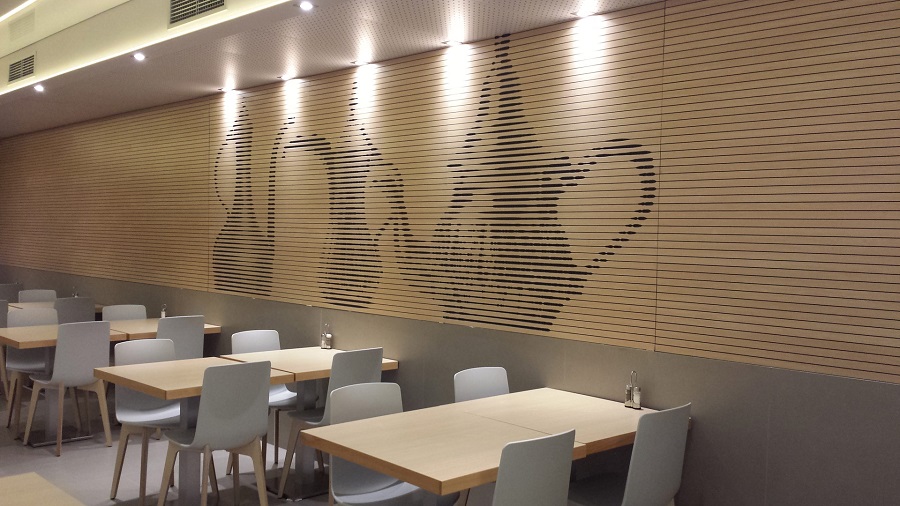
Sound insulation and sound correction
Sounds can have a positive or negative effect on us. We are very happy to hear a melody, but we are terribly annoyed by a scream or the noise of a drill. Acoustics is the science of sound and the management of sound waves. The noises, the sounds that bother us, can come from outside the space we are in, or they can be generated inside. Sound insulation is needed to control outside sounds, and acoustic correction is used to reduce and harmonize the sounds inside.
To get an idea of what an annoying sound means, here are some sounds around us (in decibels dB, the unit of sound):
- 10 dB - the rustle of a leaf
- 30 dB - whisper
- 60 dB - normal conversation
- 90 dB - heavy traffic
- 110 dB - pneumatic hammer
- 140 dB - airplane taking off
Sound insulation is the ability of a material to reduce the intensity of sound as it passes through it. In practical terms, soundproofing protects us from overly loud sounds coming from outside. To be suitable for insulation, the material must be as porous as possible. Wood fiber panels or cork, hemp mattresses or jute are some of the materials used for sound insulation.
Acoustic correction is the reduction of reverberation in an enclosure to make the sound clearer and undisturbing. Reverberation is caused by sound hitting the walls, floor or ceiling and creates a background noise in spaces where more people are gathered. Reverberation time (T60) is the period of time required for the noise level to decrease after the sound has stopped by 60 dB. It varies according to the type of building and use of the space, and there are clear, legislated requirements for spaces where large numbers of people are present. For example, a movie theater must have a reverberation time of 0.2 sec in order to operate. The reverberation time is reduced with sound-absorbing acoustic panels. They can also be used as room dividers in large office spaces, providing privacy for those working indoors.
If you are already in the business of panel production, at Accesoria Echipamente you will find the necessary high-performance machines that emphasize precision, volume and quality. And if you are thinking of expanding your line of business with the production of acoustic panels, we recommend a discussion with Accesoria specialists about Vitap machines, with the necessary assistance to implement such a production line.
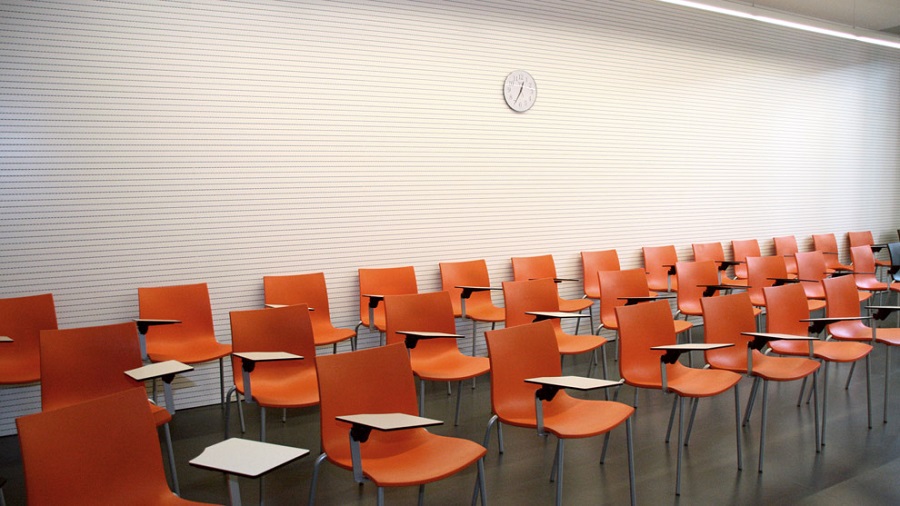
























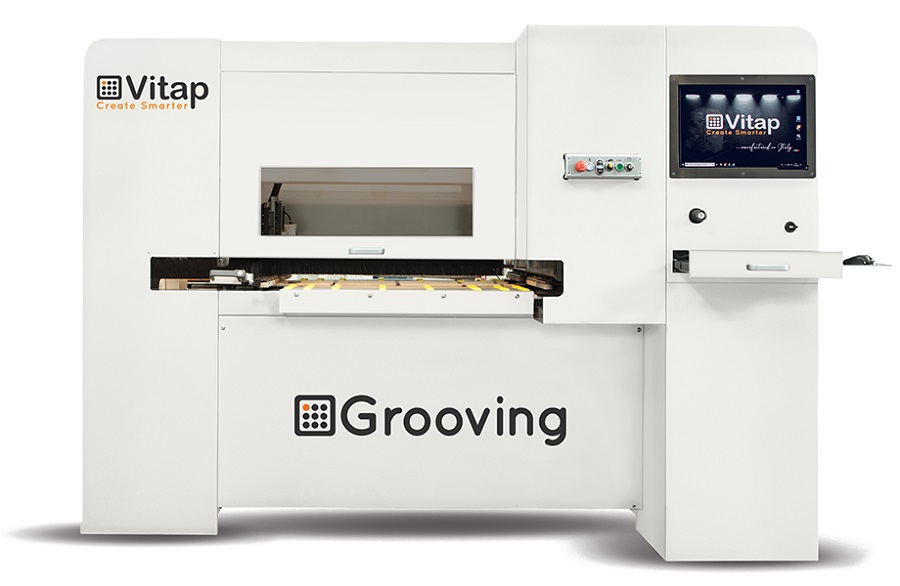
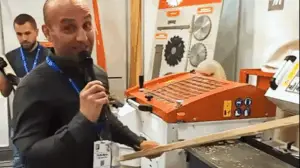

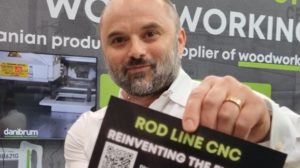



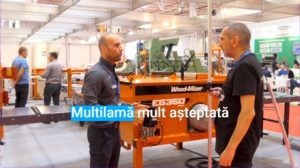




Add comment